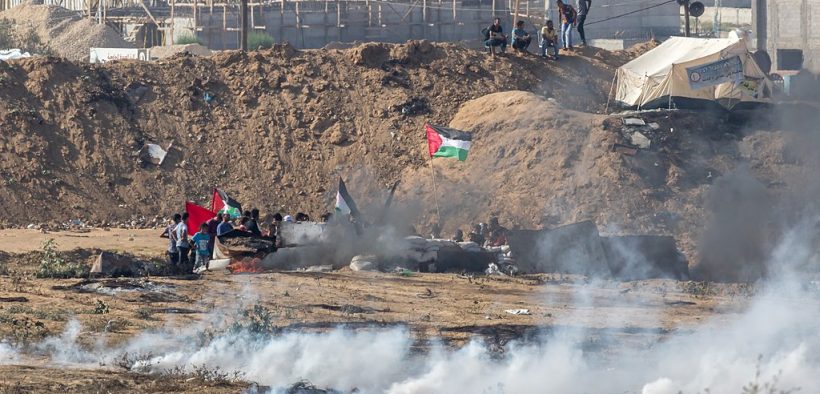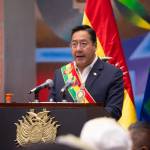At a time of increased uncertainty about the future of the Israel-Palestine peace process, UNRWA is one of the few stabilizing elements in a very complex environment.
“Sixty-five Gazans were injured Wednesday as Israeli security forces used live fire, tear gas and skunk spray against 10,000 protesters commemorating Nakba Day along the Gaza border, the Palestinian Health Ministry reported,” Haaretz
reported on May 15th after Nakba Day demonstrations turned violent. The day is meant to commemorate the displacement of Palestinians during the War of Independence in 1948. During last year’s demonstration, over 60 Palestinians were killed by Israel Defense Force (IDF) personnel.
The May 6th ceasefire announcement has seemingly done nothing to quell tension between Israel and Palestine. The weekend of violence leading to the agreement saw the deaths of 27 Palestinians and 4 Israelis, which was the worst bout of violence between the two nations since July – August 2014 when fighting lasted 50 days. The tragic violence saw 2,251 (1,462 civilians) Palestinians killed along with 73 (6 civilians) Israeli’s killed.
Factors Adding to Unrest
“The United States will no longer commit further funding to this irredeemably flawed operation,” the United States State Department stated in a press release in August 2018 regarding matching the 2017 $360 million funding of The United Nations Relief and Works Agency (UNRWA), the main international program working to aid Palestinian refugees. The decision exasperated an already dire situation for Palestinians who were already suffering from an Israeli blockade, compounded by the illegal town-sized settlements made by Israeli citizens in the Gaza Strip and West Bank.
On May 13th of this year, UNRWA published a
press release outlining the dire needs of the organization.
Unless UNRWA secures at least an additional US$ 60 million by June, our ability to continue providing food to more than 1 million Palestine refugees in Gaza, including some 620,000 abject poor – those who cannot cover their basic food needs and who have to survive on US$ 1.6 per day – and nearly 390,000 absolute poor – those who survive on about US$ 3.5 per day – will be severely challenged.
“At a time of increased uncertainty about the future of the Israel-Palestine peace process, UNRWA is one of the few stabilizing elements in a very complex environment. By continuing to deliver upon its mandate, the Agency remains a critical lifeline in Gaza, where its services in health and education and its defense of rights and dignity are indispensable to the most of Gaza’s 1.9 million inhabitants,” the release would continue.
The ongoing strife of the Palestinians along with ill actions by Hamas and Benjamin Netanyahu’s government in Israel have led to endless tension in the region.
Economic Factors Harming Quality of Life
“[Saleh] Abu Serdanah is among hundreds of young men who have turned to Gaza’s small industry of wedding lenders for help, only to fall onto hard times because of crushing debt and lack of jobs in the impoverished Palestinian territory,” a recent Yahoo
report outlines the struggles of a Gaza Strip resident who had to take out a small loan in order to get married and begin a family. Unfortunately, the construction worker is currently hiding in a tiny apartment in an attempt to avoid police after he was unable to repay the loan.
“Wedding lenders have filled an important need in Gaza’s conservative society, where young men and women are typically expected to marry in their late teens or early 20s,” the feature would continue before delivering a crippling statistic. “Facing a nearly 60% unemployment rate, many young Gazan men have been forced to put off their dreams of marriage because they cannot afford it.”
The situation facing numerous young couples in Palestine is one of the many hardships the Israeli-Palestine conflict has led to in recent decades, which will continue unless there is a major shift of political climate within the region.




















